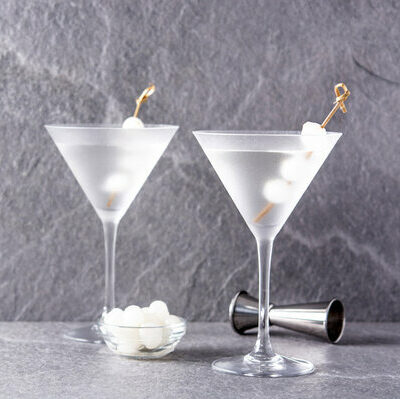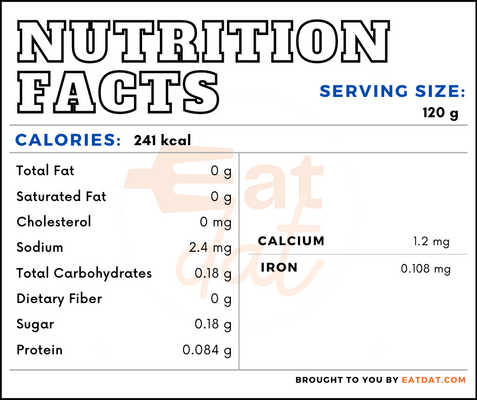
Gibson
What is a Gibson?
The Gibson is a unique type of Martini cocktail. Made with gin and dry vermouth, it is served with a pickled onion instead of a green olive. Originally, this distinction was based on the proportion of the orange bitters in the cocktail. Sometimes, vodka is also used instead of gin.
- This cocktail is considered to be out of fashion nowadays but was all the rage in the early decades of the 1900s.
- The name of the drink may come from the name of the cartoonist, Charles Dana Gibson, who was famous for his Gibson girls illustrations.
Some variations on the classic Martini are:
- Desert/Churchill Martini
- Bone Dry Martini
- Dry Martini
- Wet Martini
- Dirty Martini
- Gibson
- Perfect Martini
- Vesper Martini
- Burnt Martini
- Aged Martini
Origin of gibson
The true origin of this cocktail is unclear, although there are many legends as to its provenance. It most likely originated in the US or in Western Europe. The most probable story is that Charles Dana Gibson challenged the bartender of the Player’s Club in New York to make a better Martini. Charley Connolly took up the challenge, adding an onion to the Martini and naming it after the cartoonist.
Another possible story is that it may have been named after businessman Walter D.K. Gibson, and first served at the Bohemian Club in San Francisco in the 1890s. The cocktail first appeared in print in 1908 in a book by William Boothby called The World’s Drinks and How to Mix Them. The signature pickled onion was not a feature of the original cocktail but became synonymous with it over time.
Nutrition
Nutritional profile for Gibson (1 drink/120g):

Gin has no nutritional value and without any vitamins and minerals, has empty calories. Vermouth may contain a number of healthy herbs, which offer some health benefits. However, this alcohol is also high in calories. Furthermore, overconsumption of alcohol can result in a change in the brain’s functioning patterns, liver cirrhosis, pancreatitis, heart problems, strokes, different types of cancers, as well as affect overall immunity. It is best to consume this cocktail responsibly and in moderation.
Commercial production
To prepare a classic Gibson cocktail, the main ingredients required are gin, vermouth, and cocktail onions. First, add ice to a mixing glass and then pour the gin and vermouth in, and stir. Then, strain into a glass and garnish with pickled onions. The addition of the onion gives the cocktail a unique savory and umami taste.
One reason this cocktail is not easily available at bars is that commercial pickled onions don’t go well along with the cocktail. Moreover, many bars don’t wish to invest in their own homemade pickled onions if there is no demand for them. When preparing this cocktail, it is important to choose a vermouth that compliments the flavor of the onion and brine, and a gin that is not too citrusy. Also, it is traditional to serve one or three onions with the cocktail because of the superstition that even numbers of onions or olives bring bad luck.
Gibson recipes
The Gibson can easily be adapted to make different drinks. Here are a few recipes to try out:
FDA regulations
The TTB classifies gin as a product obtained by original distillation from mash, or by re-distillation of the distilled spirits, with juniper berries and other aromatics. Gin must be bottled at 80⁰ proof. Different types of gin are covered under this description. Also, it classifies vermouth as an aperitif wine, which must have a grape base.
References
Dillon Mafit, You Forgot About This Martini (But It’s Coming Back), Thrillist
https://www.thrillist.com/culture/gibson-best-martini-variation
Douglas M. Ford, Chasing the Gibson Cocktail, Cold Glass
https://cold-glass.com/2016/10/29/chasing-the-gibson-cocktail/
National Institute of Alcohol Abuse and Alcoholism, Alcohol’s Effects on the Body
https://www.niaaa.nih.gov/alcohols-effects-health/alcohols-effects-body
Hughes, N. (1992), “Gin”, Nutrition & Food Science, Vol. 92 No. 4, pp. 14-16. https://doi.org/10.1108/EUM0000000000962
